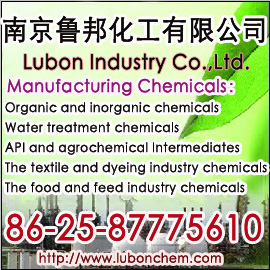1,4A zeolite
Formula Na12AL12Si12O48 · 27H2O, skeleton-like three-dimensional structure of silicon oxide and aluminum compound represented by the tetrahedron composed of a cubic crystal, the cell center is a hole diameter of 1.14A, which consists of an 8-membered ring and a 6-phase similar holes connected together, consisting of a hole diameter of this 8-membered ring structure formed of 4.12A, it is known as 4A zeolite. Its traditional method of synthesis methods are sodium silicate, activated clay Law, Law bentonite, kaolin law and gangue law. Water glass method mature technology, easy to control, but the high cost. Activated clay and bentonite Law Act need to add aluminum source, high cost, and equipment to corrosion. Kaolin is the use of method and gangue method consistent with the ratio of the alumina-silica zeolite 4A characteristics to convert it to a reactive metakaolin, and subjected to hydrothermal crystallization of zeolite is made in the conversion reaction of aqueous solution of sodium hydroxide, but this raw ore roasting process requires high temperatures, large energy consumption, while the environment will also have some degree of contamination.
It is a non-toxic, odorless, tasteless and better mobility white powder, with a strong calcium ion exchange capacity, environmental pollution, is an ideal alternative to sodium tripolyphosphate phosphorus detergent additives, surface adsorption ability, is the ideal adsorbent and desiccant.
2, Nature
White solids. Movement network-like structure, containing a uniform orifice diameter 0.42nm, the specific surface area of about 600m2 / R, insoluble in water and organic solvents, can be dissolved in alkali and acid. Heated above 800 ℃, the re-formation of white crystalline silica-like structure. Adsorption of water, liquid, gas and the unsaturated organic substance. Exchange capacity for calcium ions, the theoretical exchange capacity of 352CaCO3mg / g, typically 290 ~ 320mgCaCO3 / g, whiteness ≥ 95%, pH value of 10 to 11.5, the apparent density of 0.3 ~ 0.5g/cm3, an average particle diameter of 2μm particle size distribution ≤ 4μm accounted for more than 85%. Phosphorus detergent additives used in place of sodium tripolyphosphate; oil and other industrial gases and liquids as drying, dehydration and purification, as catalysts and also soft water.

